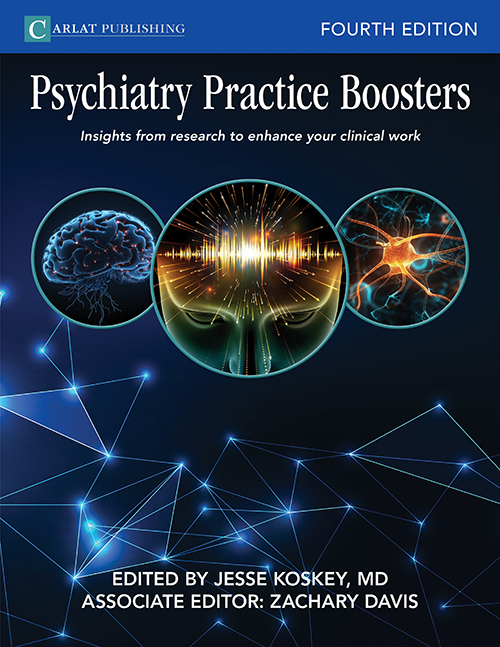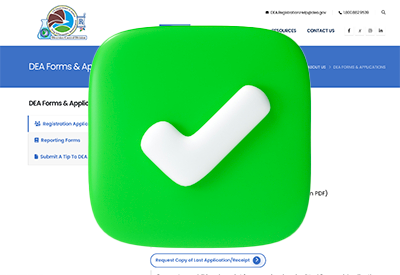Child Psychiatry
Study of Cortisol Looks at Youths at Risk for Psychosis
Editor-in-Chief, Caroline Fisher, PhD, MD
Read More
Mid-Teens Is Peak Age for Prescription Drug Abuse
Editor-in-Chief, Caroline Fisher, PhD, MD
Read More

_-The-Breakthrough-Antipsychotic-That-Could-Change-Everything.jpg?1729528747)



